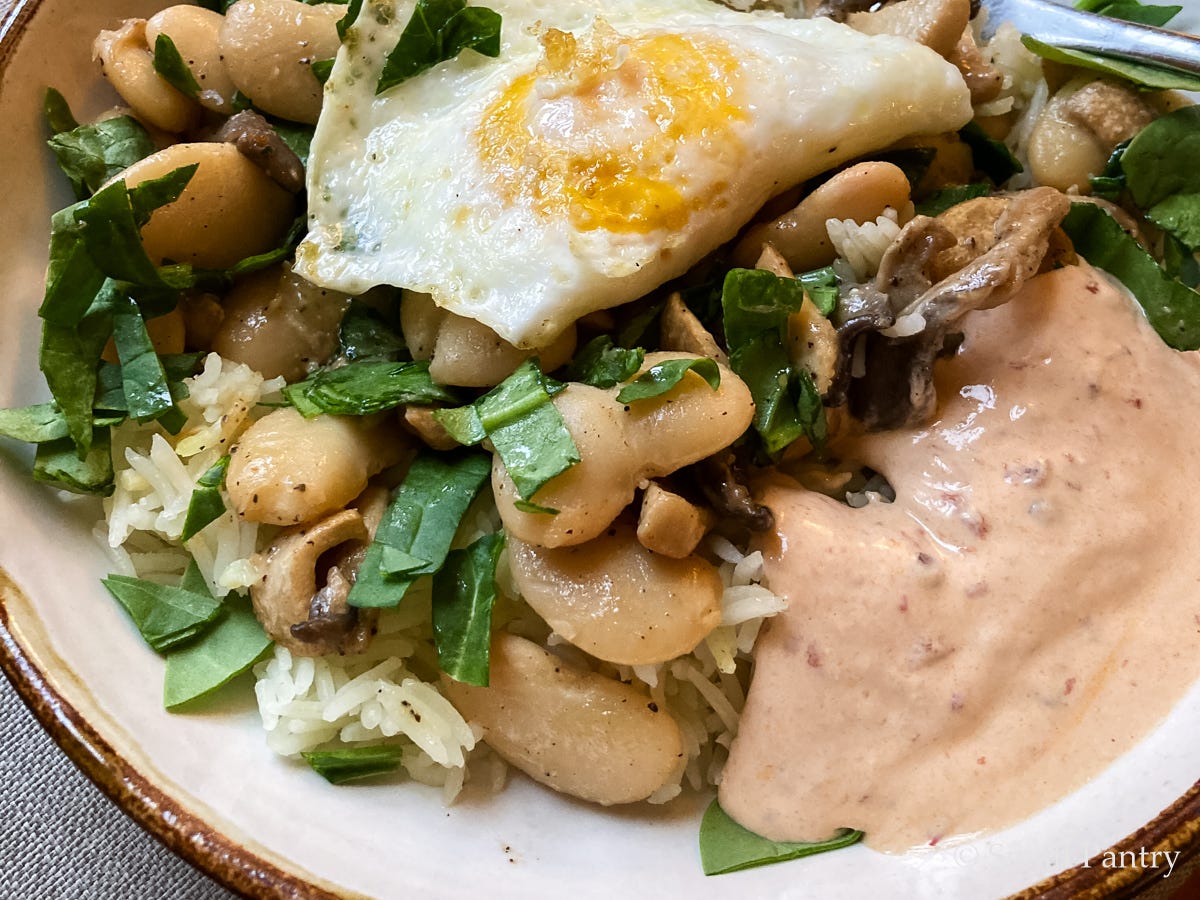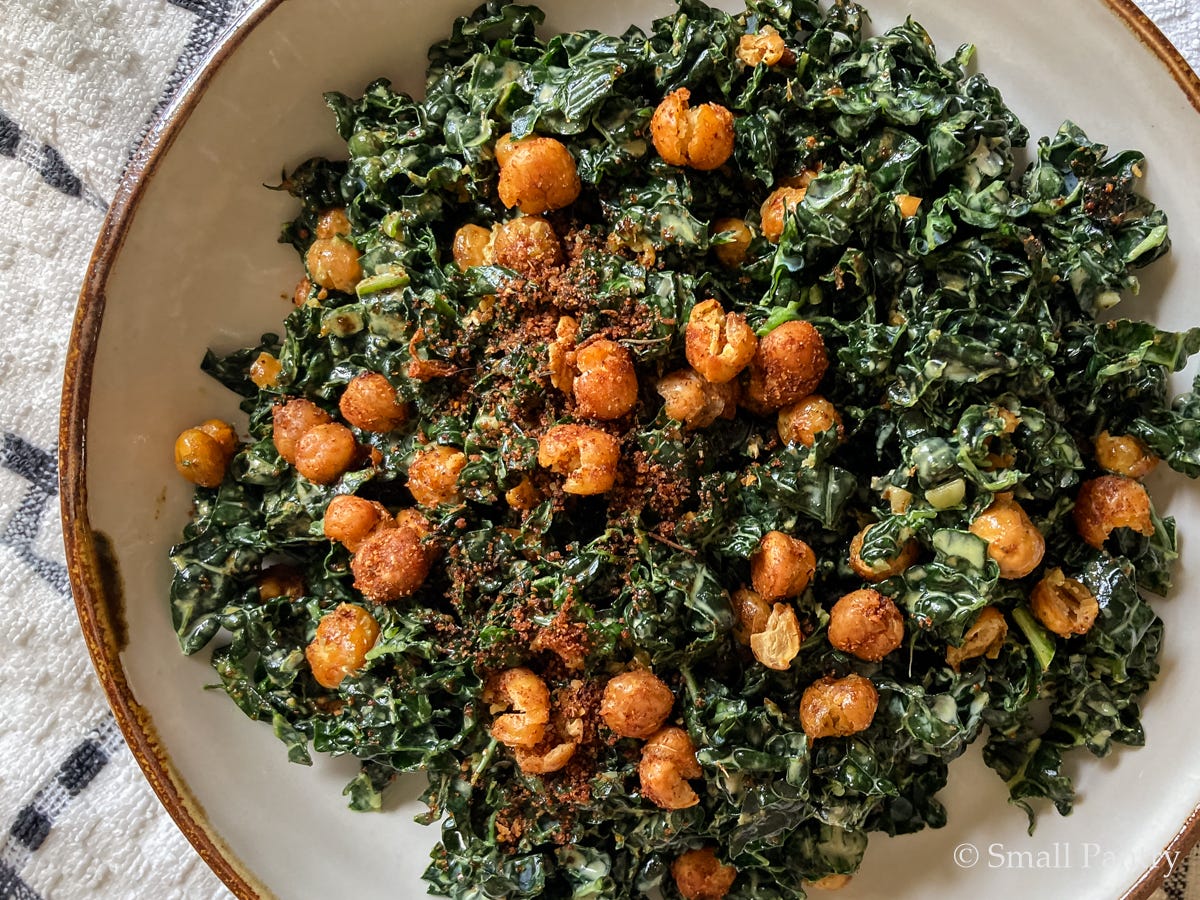Hello hello, I hope you are well!
Today I thought I’d share what might be the most important part of any review: the “How I/We Test” section.
If you’ve ever read a review from a company like Saveur, America’s Test Kitchen, or Wirecutter, you’ve probably gotten to the bottom and found some sort of explanation of how the publication tests or evaluates products. Sometimes it’s a well-organized, thorough process, but often it’s more of an admission that the author just did a lot of Google searching and scanning of amazon reviews.
I find that kind of transparency incredibly important. I’ve already read the marketing copy for a blender on the Sur La Table website. I’ve scrolled through other buyer’s reviews on amazon. I don’t want a review that is just a repetition of what I’ve already read, I want someone to tell me what they think based on actual, hands-on, thoughtful evaluation! I want expert interpretation!
Since I’m taking my cookbook review process quite seriously, each of my reviews will have a section at the bottom outlining how I test each cookbook. I want to make it easy for anybody to understand my philosophy and methods.
So without further ado, here it is! The sneak preview of How I Test!
How I Test
Everything starts with simply reading the book. All of it. I read the dedication pages, the forwards, the front-matter and interspersed essays. I read the head-notes and the ingredients lists and the methods. A cookbook is the sum of its parts, so the first thing is to consume the book as its whole, cohesive self. This gives me a good idea of how much variation there is, the layout choices made (is it user-friendly?), and the overall voice/writing style of the author. It also sets up my expectations in a way that, I hope, is fair. I should be able to know who the intended audience is, something that is important to keep in the back of my mind as I cook.
After I’ve read the book, I make a rough list of the recipes I want to cook. My ideal goal is to test ~30% of the book. Testing takes a ton of time and money, so as much as I would like to test all the recipes, I simply can’t. I’m just one person, usually cooking for two! Nevertheless, I do still want my evaluation to draw from a substantial sample size. Most people who I’ve seen blog about cookbooks only claim to make 5 to 10 recipes per book. That’s enough to get the gist of the book, but not enough to get a good sense of the more technical aspects.
Choosing Recipes
I try to evenly distribute my “to test” list between chapters, and, where necessary, make a point to include a handful of base recipes (things like “how to cook rice” that might appear in the front-matter of the book).
First and foremost, I want to make things that I want to eat. I also look for recipes that are accessible in terms of ingredients and equipment. If many recipes require a specialty item that’s fine—it’s just something worth noting. And finally, I keep an eye out for recipes that have something new-to-me, like charred veggies on a bed of garlicky millet cream—using millet as a creamy base sounds intriguing!
Testing Individual Recipes
When I test a single recipe, I follow the instructions as precisely as possible. I’ll make careful notes if I have to make any changes so I can refer back to them when I make my final evaluation. For example, I might make changes when I can’t find an ingredient, I’m choosing an alternate version listed in the recipe head-note, or if there is a glaring error in the recipe that I have to work around.
If given the option, I will usually default to weights (particularly for baking), but I will double-check the volume equivalents if they look suspect. I always use a timer, and make notes of how closely the visual cues line up with the given times. If there is a photo of the recipe, I’ll do a quick comparison to see if there is anything glaringly different—I hate it when photos are misleading!

Once I’ve made the recipe, I judge it based on the following elements: technical accuracy, flavors, and who I would recommend it to.
Technical: Did the times and cues mostly line up? Slight variation is to be expected, but were there any glaring discrepancies? How helpful were the visual cues? Was the language clear and easy to understand?
Flavors: Were salt, acidity, and sweetness well balanced? How were the textures? Did the ingredients harmonize? Was there anything that set it apart from similar recipes?
Recommendations: Flavor is an inherently subjective section, so I also consider who I would recommend it to. I may or may not love it, but my tastes won’t always align with those of my friends and family. I try to take a step back from my own preferences and think about who might appreciate or dislike the dish, and whether I think it’s good enough to serve to guests. I also think about who might like to cook the recipe. What confidence level should someone have, how willing are they to source ingredients, how much time do they like to spend in the kitchen, etc.
Overall Evaluation
My final evaluation of the book takes everything into consideration: the intended audience, the overall technical accuracy of the recipes and how delicious the recipes are, plus the quality of prose and photography. In distilling down all the various elements, my goal isn’t to name the book as “bad” or “good.” Since everybody uses cookbooks in different ways, I aim to answer the broad question of who the book is for. Does the instruction and technical accuracy make it ideal for beginners or cooks who don’t want to think too hard? More suited to confident cooks and folks willing to interpret and improvise? Is the writing secondary, or are the essays as delightful as the recipes? Is it more of a coffee table book—something to display and admire, but not technically reliable? It’s my opinion that most books have value, the question is simply with whom that value resonates.
♥♥♥
Hey hi hello! One of the best ways to show love for friends and family is through cooking, am I right? Well, let’s take that love and spread it as far as we can! Especially now, with all the horrors unfolding in the US and continued genocide abroad, let’s make a difference where we can by seeking out local nonprofits that support mutual aid endeavors like community fridges and advocacy for our unhoused neighbors. Support for organizations that provide critical support for Trans youth is also critical, as is finding ways to support anti-genocide efforts and relief aid in Palestine, such as through organizations like Anera.
♥♥♥
Thank you for being here! I hope you’ve enjoyed this sneak peek at my inaugural cookbook review, and that you’re looking forward to reading it when it’s ready. There may not have been any recipes in this newsletter, but if you do end up making any of the recipes on small-pantry.com, please let me know by leaving a comment and star rating on the recipe post! And if you share your creations on social media, tag me! I love seeing pictures of what you make.
xoxo
Julia
PS If you know any other cookbook enthusiasts who might like to be in the loop about upcoming reviews and behind-the-scenes content, please feel free to forward this email or share the link!





Enjoyed the behind the scenes peek! Sounds like your cookbook reviews will be though and the kind of reviews I wish I could find for just about everything! Thank you.